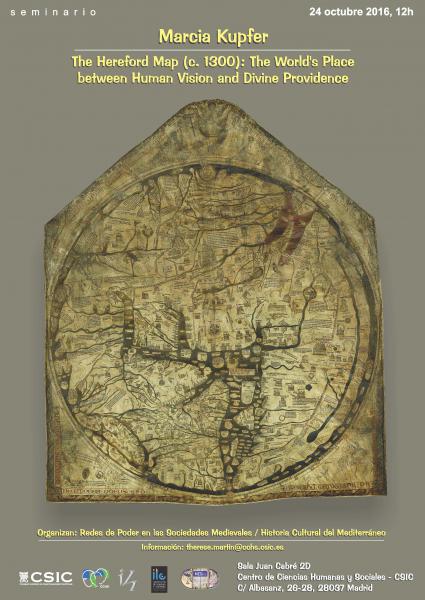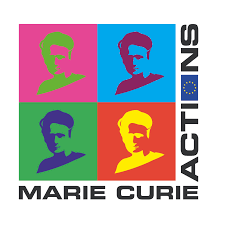
Thanks to its large format and intact survival, the Hereford map is justly famous as the foremost western medieval artifact depicting the known world. A voluminous literature to date has focused on the map’s relevance for the history of cartography and its value to medieval studies. For all the published commentary, however, sustained reflection on the map as a work of art has remained noticeably lacking. Marcia Kupfer overturns the scholarly status quo to show how a poetics of vision programmatically shaped the map’s original display, formal design, and allegorical fabric.
Dr. Kupfer contributes to the study of medieval art as an independent scholar based in Washington DC. Her many publications reflect wide-ranging interests. Her first two books concerned Romanesque wall painting and narrative representation. The twelfth-century painting of a giant world map in a French church led to several studies of cartographic images and their incorporation into monumental programs. Most recently, she has authored articles on the Ebstorf map (c. 1300), on maps in English computus manuscripts, and on the centrality of Jerusalem in medieval world maps. Her book Art and Optics in the Hereford Map: An English Mappa Mundi c. 1300, published by Yale University Press, will be available in late October. Punctuating this research trajectory are discussions of pictorial graffiti c. 1000, Christian-Jewish polemic in late medieval manuscripts, including the Alba Bible, and postmodern “flashbacks” to medieval visual culture. She is currently collaborating with a group of scholars on an edited volume, The Visualization of Knowledge in Medieval and Early Modern Europe.




